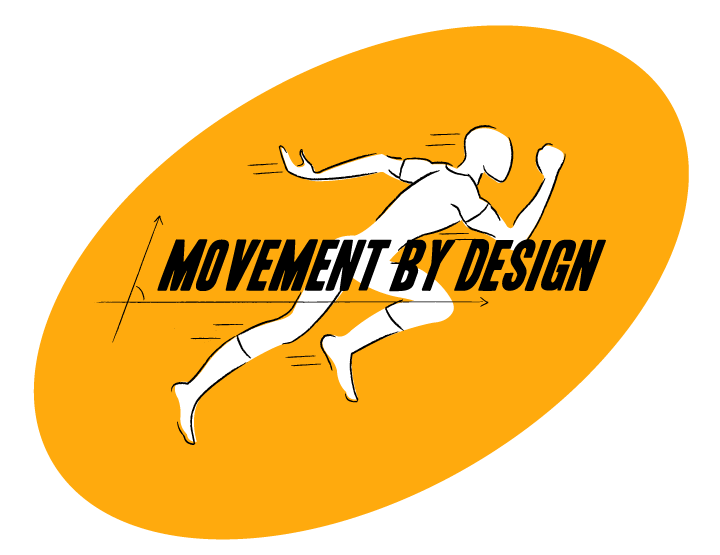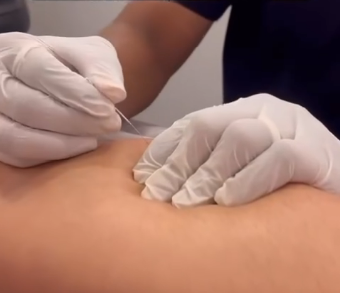Dry needling is a therapeutic technique used to treat muscle pain and dysfunction by inserting thin, filiform needles into trigger points, muscles, or connective tissues. The goal is to release tension, improve blood flow, and stimulate the body’s natural healing response.
How It Works
- Trigger Points: These are tight knots in muscle fibers that can cause pain, stiffness, and restricted motion.
- Needle Insertion: The practitioner inserts needles into these areas, stimulating the muscle to "twitch" and relax.
- Response: This process reduces muscle tightness, relieves pain, and restores function.
Conditions Treated
Dry needling is effective for a wide range of conditions, including:
- Chronic and acute muscle pain
- Myofascial pain syndrome
- Headaches and migraines
- Sports injuries
- Neck, back, and shoulder pain
- Tendinopathies (e.g., tennis elbow, plantar fasciitis)
- Postural issues and overuse injuries
Difference from Acupuncture
Although both use needles, dry needling and acupuncture are different:
- Dry Needling: Focuses on musculoskeletal and neuromuscular systems, targeting trigger points for pain relief.
- Acupuncture: Based on traditional Chinese medicine, aiming to balance energy flow (Qi) through meridians.
Benefits of Dry Needling
- Relieves muscle tension and spasm
- Reduces localized and referred pain
- Enhances range of motion and flexibility
- Accelerates recovery in athletes
- Improves blood flow and tissue healing
Taping is a therapeutic technique used in sports medicine, physiotherapy, and injury management to support muscles, stabilize joints, and aid recovery. Different types of tapes, such as kinesiology tape and rigid athletic tape, are applied to address various needs, from enhancing movement to preventing injuries.
Types of Taping
- Kinesiology Taping:
- Elastic and flexible tape designed to mimic the skin's natural elasticity.
- Allows for movement while providing support.
- Athletic/Rigid Taping:
- Non-elastic tape used to immobilize joints and provide firm support.
- Commonly used during acute injury phases.
Benefits of Taping
- Injury Prevention:
- Supports weak or vulnerable joints and muscles during physical activity.
- Reduces the risk of sprains, strains, and overuse injuries.
- Pain Relief:
- Alleviates discomfort by reducing pressure on inflamed or injured tissues.
- Stimulates sensory receptors to modulate pain signals.
- Improved Circulation:
- Kinesiology tape lifts the skin slightly, enhancing blood flow and lymphatic drainage.
- Reduces swelling and promotes faster healing.
- Enhanced Muscle Function:
- Supports proper muscle activation and reduces fatigue.
- Improves joint alignment and movement patterns.
- Postural Support:
- Corrects imbalances and encourages proper posture.
- Beneficial for individuals with rounded shoulders or forward head posture.
- Rehabilitation Aid:
- Supports injured areas while allowing a safe range of motion.
- Speeds recovery during the rehabilitation phase.
Common Applications
- Sports Injuries: Stabilizing ankles, knees, and shoulders during athletic activities.
- Post-Surgical Recovery: Supporting tissues during the healing process.
- Chronic Pain Conditions: Alleviating symptoms of conditions like plantar fasciitis or tennis elbow.
- Postural Correction: Addressing muscular imbalances and postural issues.
Taping is a versatile and effective tool for injury management, recovery, and performance enhancement. When applied correctly by a trained professional, it can make a significant difference in pain relief, mobility, and overall function.


